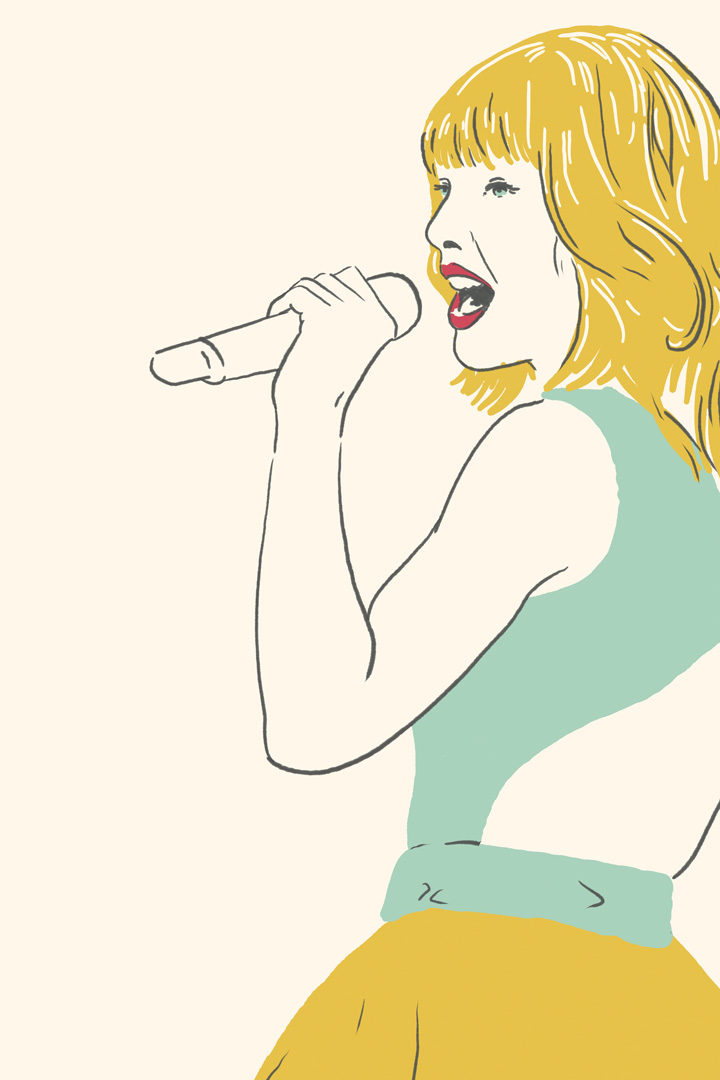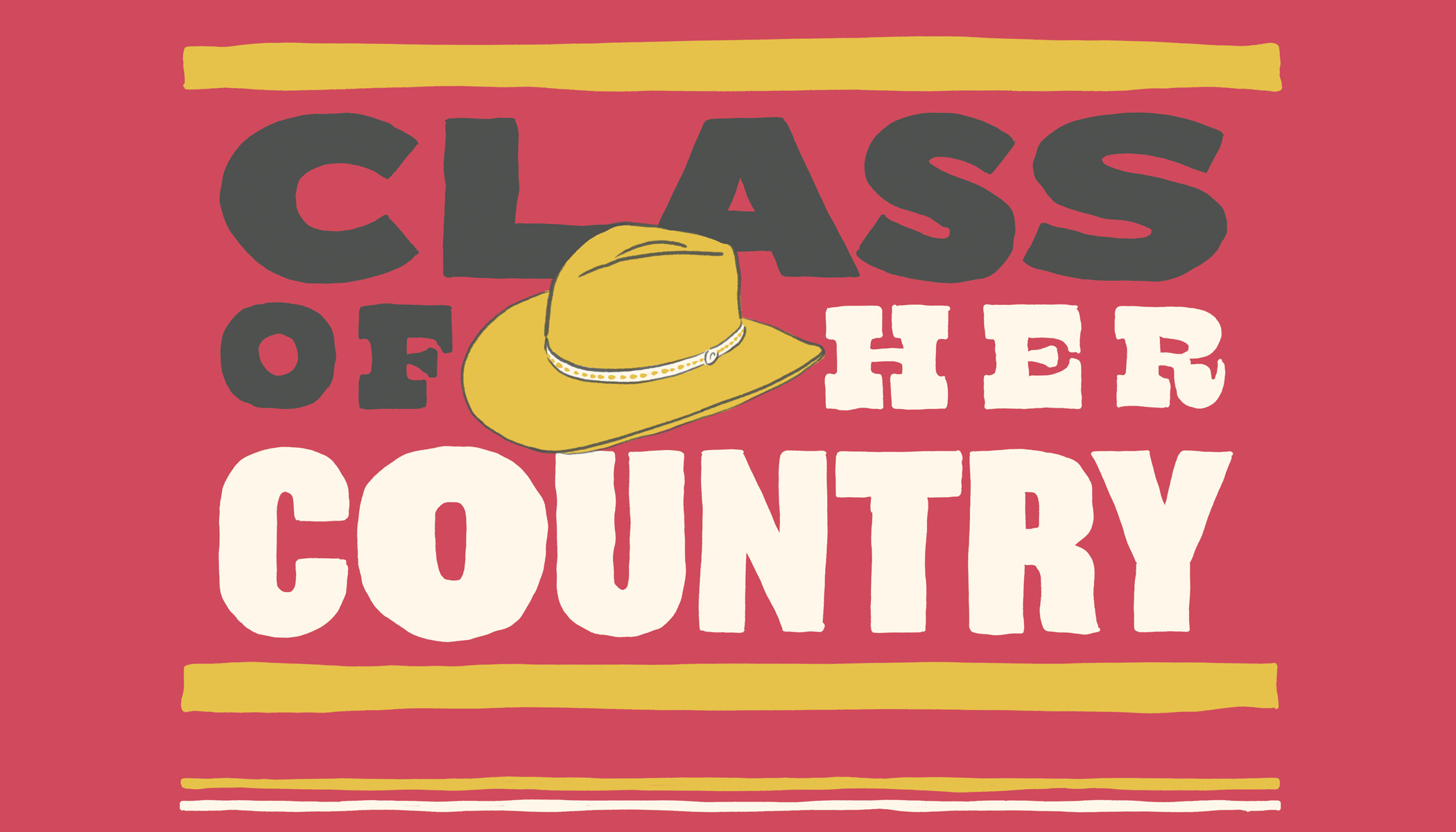A look at the trailblazing women who broke barriers within the music genre.
Written by Emily Bloch
With international tours, countless awards, Hall of Fame spots, documentaries and more—the women country artists who have made names for themselves have cemented their place in history.
“They came because, at one point, it seemed like women were the sun in the center of the country music solar system,” said Marissa Moss, the author of Her Country: How the Women of Country Music Became the Success They Were Never Supposed to Be. “And they had something to say to help keep the world turning.”
Some of them paved the way for today’s class of country trailblazers with their own music careers and others followed in their footsteps, but they’ve all proven that they are, in fact, “country enough” and belong alongside their male legacy counterparts.
But it didn’t come without a fight.
For decades, women in country music have been pushing for gender equality within the genre, fighting back against doubtful record producers, banned songs and plenty of naysayers along the way.
According to Moss, the advocacy group WOMAN Nashville uncovered training manuals for radio programming directors that discouraged playing female artists back-to-back.
“Cue to 2021, when women are only played on country radio as little as 10 percent of the time,” Moss said. “Country music went from being synonymous with powerful women to being all about truck-riding ‘bro country’ crooners.”
Still, women in the field have proven themselves and garnered thousands of fans. And usually in heels, no less.
“It was Loretta Lynn who wrote lyrics about taking the birth control pill and was subsequently banned from most of country radio,” Moss said. “It was Shania Twain who took her music global; it was Kitty Wells and her Honky Tonk Angels—they were all country music and they all changed country.”
As Dolly would say, “You never do a whole lot unless you’re brave enough to try.” Here’s our roundup of some of the iconic women within country who were brave enough and then some.
Loretta Lynn
- Most likely to get her song banned on the radio
- Best-known songs: “The Pill” and “Coal Miner’s Daughter”
Loretta Lynn, who died earlier this year at the age of 90, had a long and groundbreaking career in country. Throughout the 1960s, Lynn created a sort of formula for other women artists—writing autobiographical songs about her upbringing, holding her own and her lack of patience for a cheating man. She was among the first women in country credited for writing her own songs. In 1975, Lynn’s song “The Pill,” paying tribute to birth control, met with heavy resistance from mainstream broadcast radio and beyond. To this day, the song rarely gets radio play. Lynn once said in an interview that execs at the Grand Ole Opry were considering kicking her out for singing the song, though they never ended up going through with it.
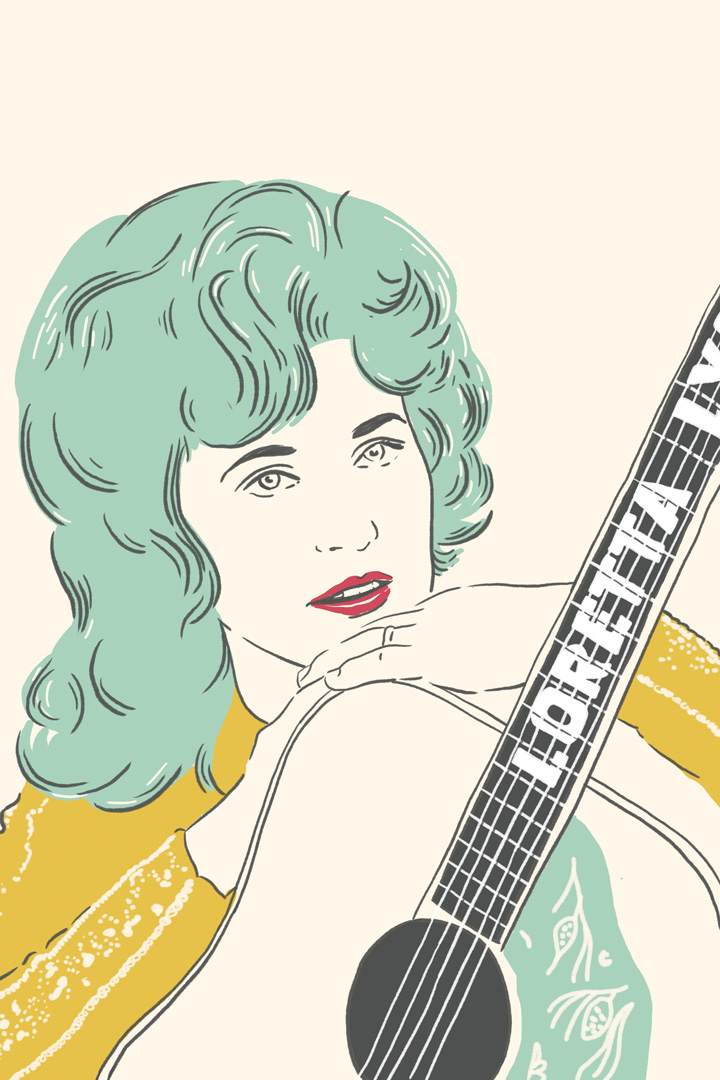
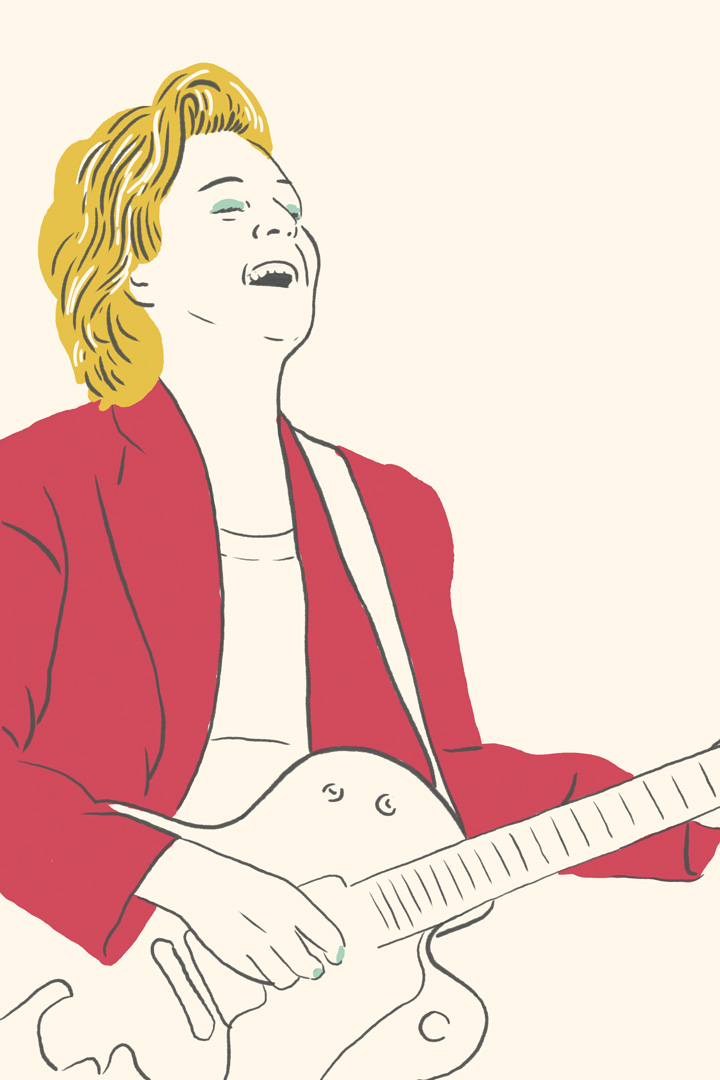
Brandi Carlile
- Gay prom queen
- Best known for “The Story” and for her LGBTQ+ advocacy
Brandi Carlile is a modern singer-songwriter whose music has spanned genres from Americana to pop. One of her most popular songs, “The Story,” catapulted her in 2007 from a more niche scene to a pedestal in mainstream media. She used that recognition as an opportunity to advocate for LGBTQ+ rights. Carlile is a lesbian herself and has spoken out time and time again about queer representation in the country music space.
Kitty Wells
- Most likely to write a diss track before it was cool
- Best known for”It Wasn’t God Who Made Honky Tonk Angels,” the first solo female artist’s song to hit No. 1 on the country music charts
Seventy years ago, Kitty Wells’ song—“It Wasn’t God Who Made Honky Tonk Angels”—made history by climbing to the top of country music charts and staying there. With lyrics like “It’s a shame that all the blame is on us women,” and that nearly every broken heart “was because there always was a man to blame,” the song, written by J.D. Miller, is a clap back to Hank Thompson’s song, “The Wild Side of Life,” which Rolling Stone describes as a “misogynistic tearjerker.” Wells’ tune uses the same melody as Thompson’s track and borrows its title phrase, “Honky Tonk Angels,” from the original lyrics. The ultimate clap back was when her song knocked his out of its No. 1 country chart spot and outsold it. NBC’s radio network attempted to ban the song from airplay but folded because of the high demand.
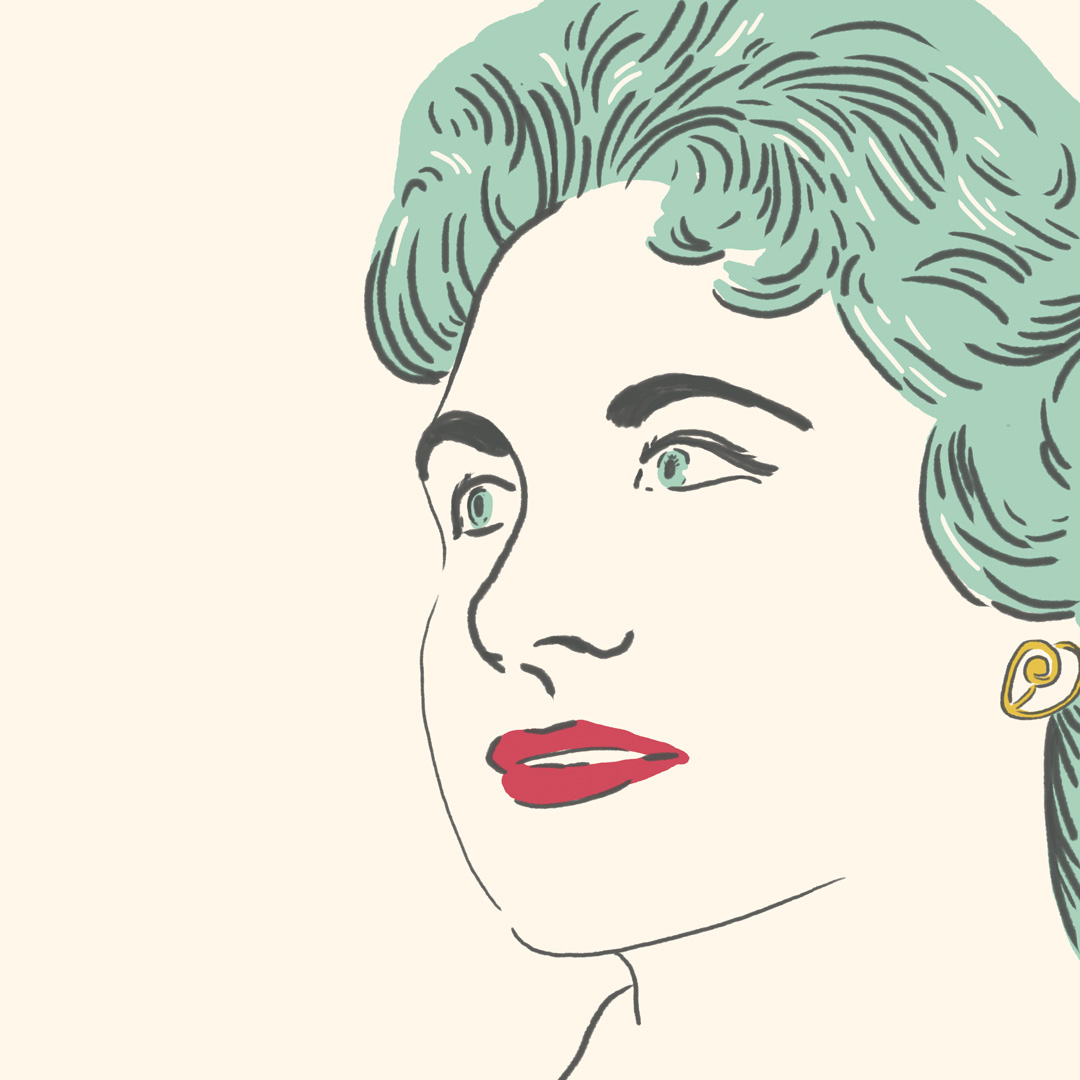
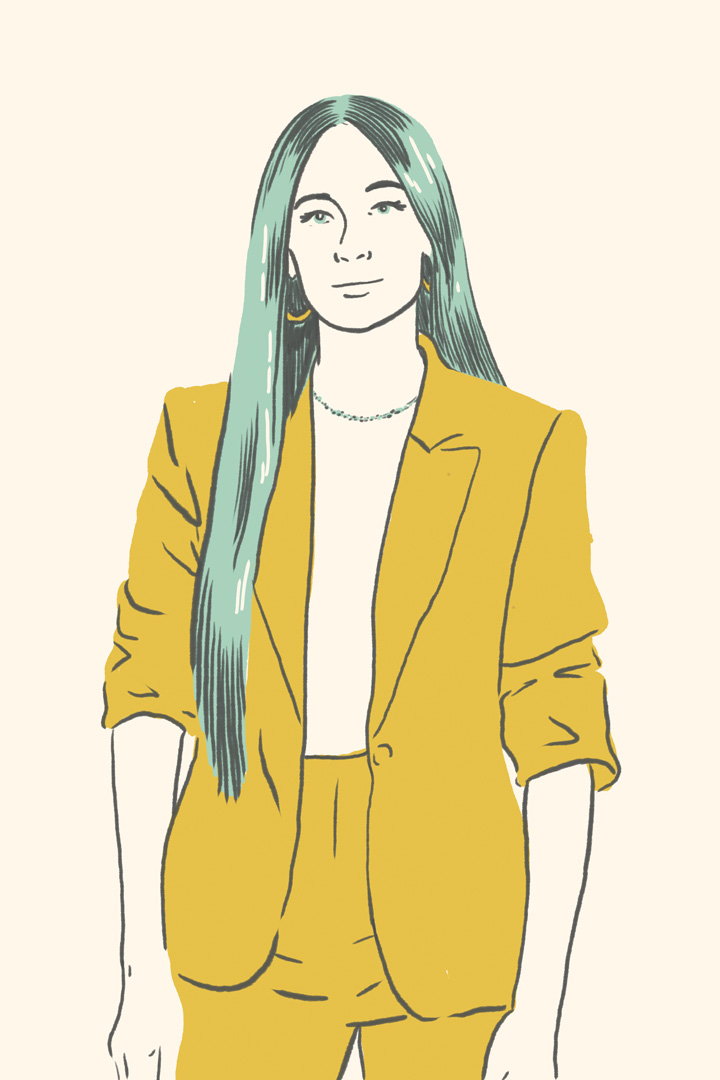
Kacey Musgraves
- Most likely to tell you if there’s something in your teeth
- Best known for songs like “Follow Your Arrow” and “High Horse”
What set Kacey Musgraves apart from other young music starlets coming onto the scene around the same time was her honesty. In songs like “Merry Go ’Round,” she portrays a grim outlook on living in a small, rural town instead of softening things. NPR called her debut album both “blunt” and “poetic.” That willingness to call a spade a spade, coupled with earworm melodies and approachable voice, elevated Musgraves to stardom. But it didn’t come without hustle and grit. Even recently, her latest album Star- Crossed was forced out of the country category by the Grammy committee, who deemed the album too pop for eligibility. Musgraves clapped back by posting a childhood photo of herself in a pink cowboy hat on her Instagram with the caption, “You can take the girl out of the country (genre), but you can’t take the country out of the girl.” She followed the post with photos of herself performing with Loretta Lynn, George Strait and, of course, Dolly.
Bobbie Gentry
- Best vanishing act
- Best known for “An Ode to Billie Joe” and her self-titled TV show
At the height of her career in the ’60s, Bobbie Gentry did it all. She wrote her own songs, fashioned her own clothes, painted her own album art and had a TV show. According to The Guardian, when she first came onto the scene in 1967, radio DJs didn’t know whether she was Black or white, “stripped-back soul” or “funked-up country.” When asked, Gentry said, “I just sing southern.” Her career took off, winning fans from Elvis to Taylor Swift. Still, her talent and beauty as they intersected with her stance as a feminist were often called to question. “I am a woman working for herself in a man’s field. I am a successful woman record producer,” Gentry responded to a critic once. “Did you know that I took Ode to Billie Joe to Capitol, sold it, and produced the album myself? It wasn’t easy. It’s difficult when a woman is attractive; beauty is supposed to negate intelligence— which is ridiculous.” Gentry effectively retired in 1981.
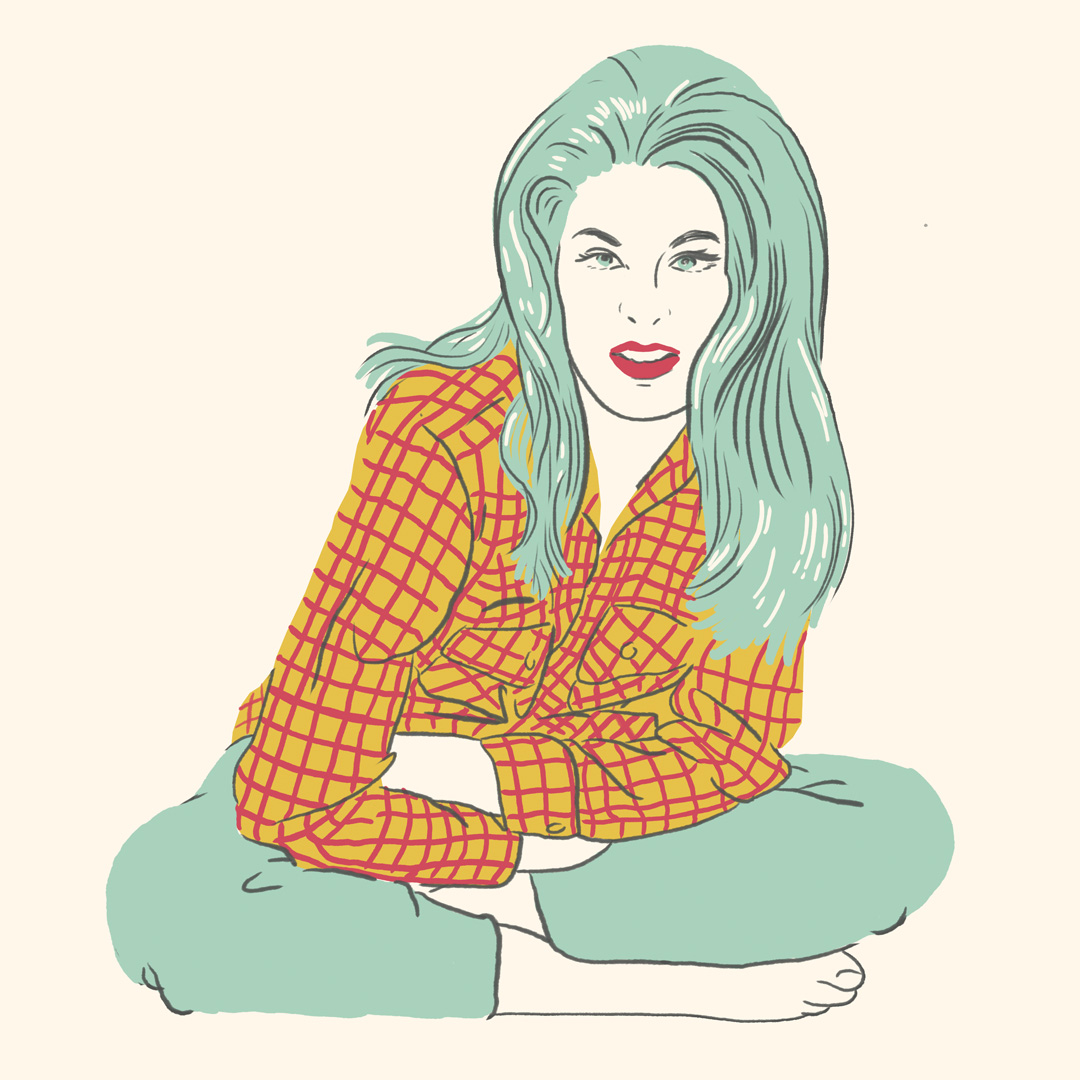
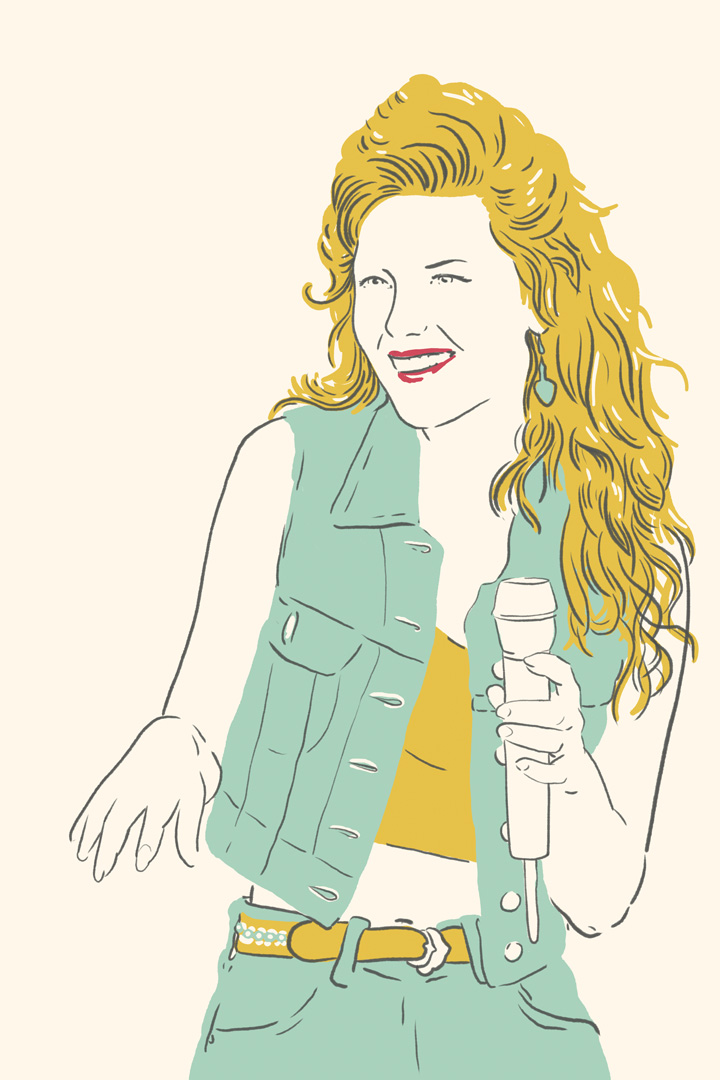
Shania Twain
- Most likely to lead a rebellion with the mere whisper of “let’s go, girls”
- Best known for “Man, I Feel Like a Woman” and “From This Moment On”
Shania Twain’s childhood wasn’t all warm and fuzzy. By age 12, the family was struggling financially and she was performing to help them get by. A decade later, her parents died in a car accident, leaving her on her own. Eventually, she was discovered while performing at a resort. With songs like “Man, I Feel Like a Woman,” which has recently seen a resurgence thanks to TikTok and her performance with Harry Styles, Twain has solidified her spot as one of the top-selling women artists in country music. She’s currently doing a residency in Las Vegas that has been widely lauded. Her new album Queen of Me will drop in February 2023.
June Carter Cash
- Most likely to play every instrument better than a man
- Best known for her philanthropy, her #relationshipgoals marriage to Johnny Cash, and songs like “A Good Man” and “If I Were a Carpenter”
A career in music was always in the cards for June Carter Cash. The late singer, songwriter and five-time Grammy winner was a member of her family’s Virginia-based folk band, The Carter Family (later The Carter Sisters). It was through her reputation in the family band as a woman who did a little bit of everything—she sang, danced, acted, played guitar, banjo, harmonica and more—that Cash earned a recurring slot at the Grand Ole Opry and eventually met her third husband, Johnny Cash. The pair had a whirlwind romance and were together until June’s death in 2003. They wrote and recorded dozens of songs together. Cash credited June’s support for getting through his bouts of addiction and substance abuse. “She loves me in spite of everything. … She has saved my life more than once,” Cash once told Rolling Stone. “She’s always been there with her love, and it has certainly made me forget the pain for a long time, many times. When it gets dark, and everybody’s gone home and the lights are turned off, it’s just me and her.”
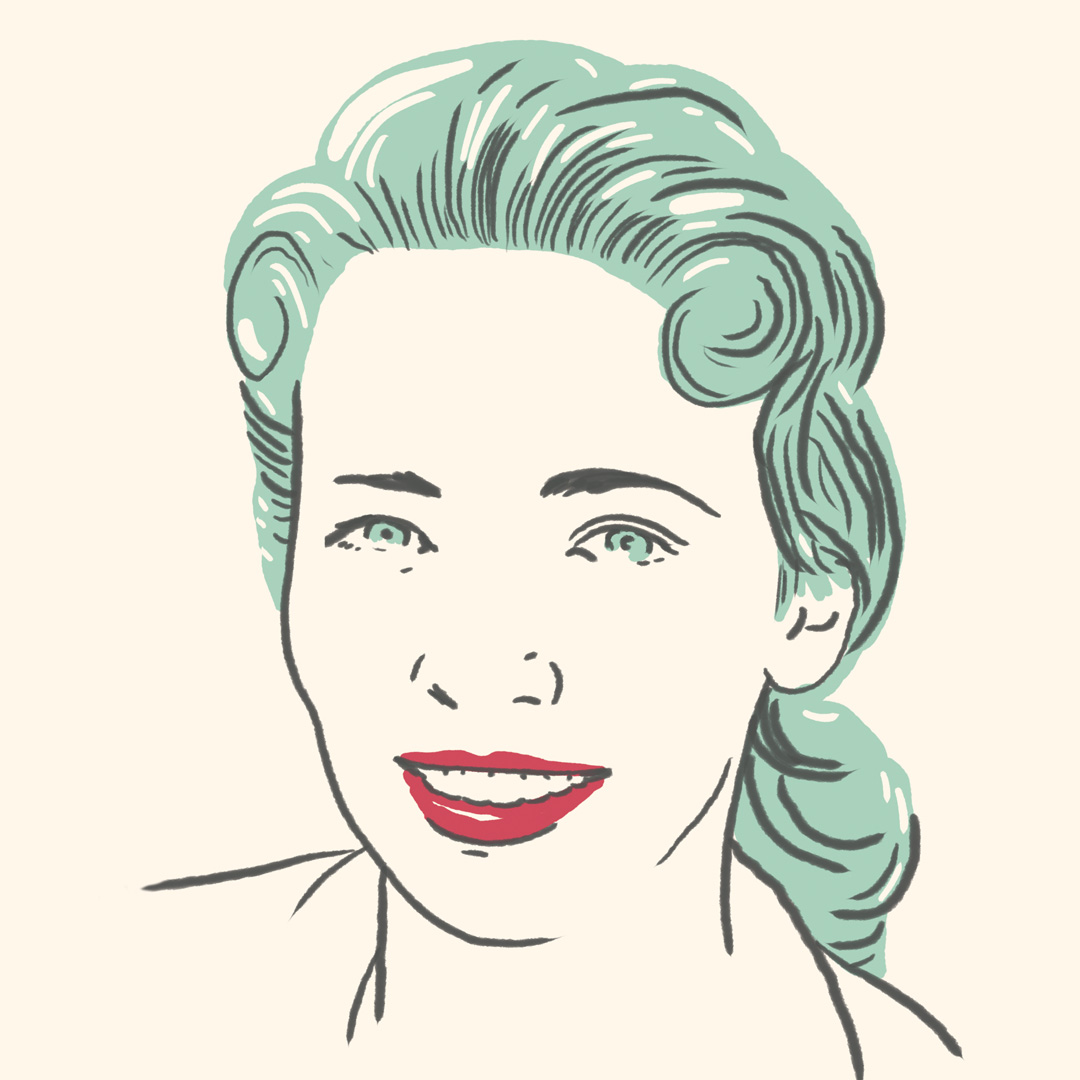
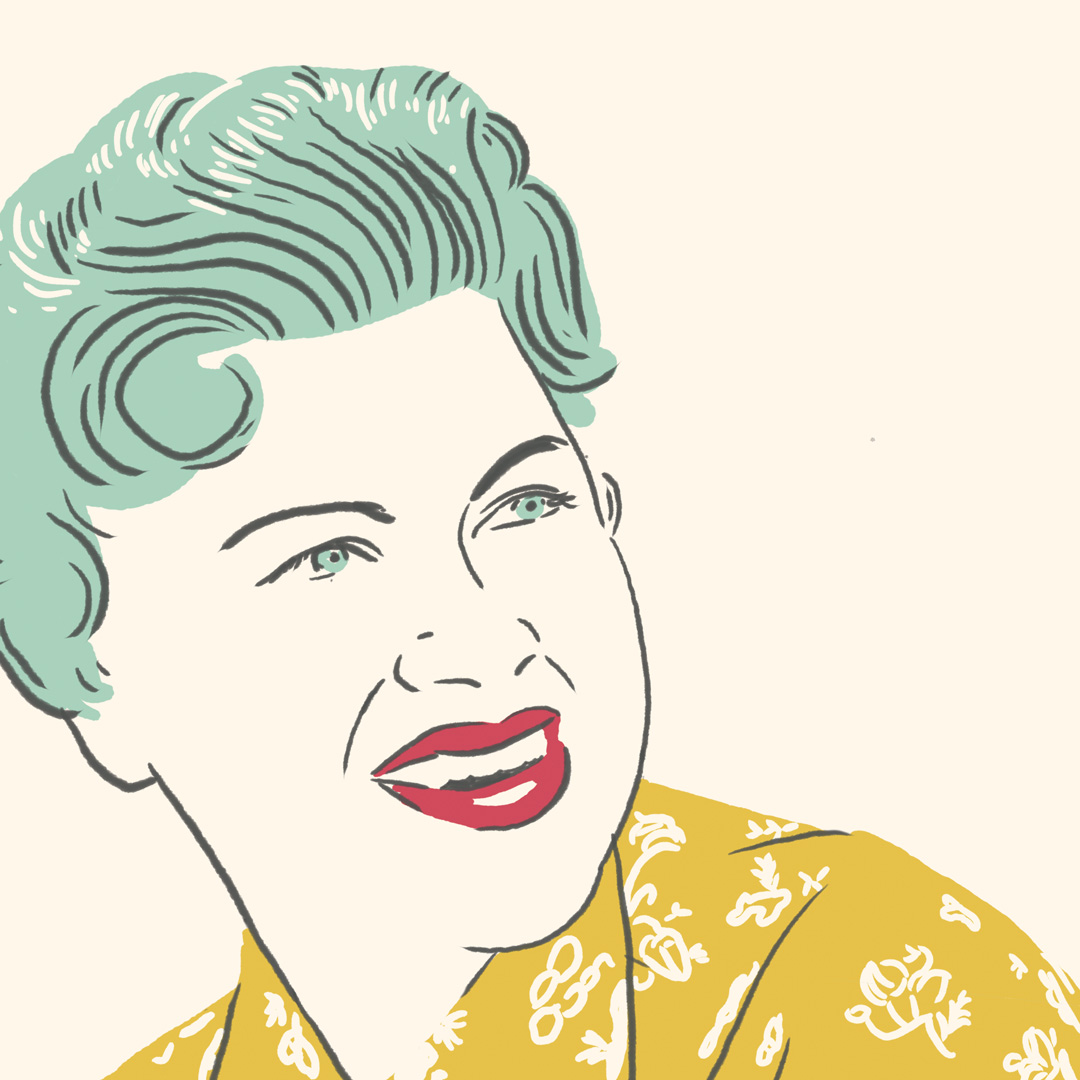
Patsy Cline
- Best dressed as the first woman to wear pants performing at the Grand Ole Opry
- Best known for “I Fall to Pieces,” and being the first solo female artist inducted into the Country Music Hall of Fame
Patsy Cline is hailed to this day as one of the defining women artists in the genre. She was completely self-made, working multiple jobs to make ends meet and gigging at night. She defied gender roles in the genre, wearing red lipstick and men’s clothes and cowboy boots while performing. She was the first woman to wear pants while performing at the Grand Ole Opry. Cline pushed other boundaries, too, refusing to choose between her career or her family life. She is also known for being one of the first artists in the genre to bridge the gap between country and mainstream popular music. Her version of Willie Nelson’s “Crazy” charted beyond country lists, performing well on Billboard and contemporary charts, too.
Taylor Swift
- Most likely to write a song about you if you’re mean to her
- Best known for—wait, do we really have to tell you who Taylor Swift is?
Long before dropping her tenth studio album, Midnights, prompting mass hysteria from her loyal fan base, Taylor Swift was strumming her acoustic guitar in a pair of cowboy boots, singing about pickup trucks and Tim McGraw. The mega pop star got her career start as a country artist, convincing her family to take a chance and let her move from Reading, Pennsylvania to Nashville, Tennessee. She launched in 2004, with a small southern drawl in her voice (Shania Twain notoriously did the same). She gained fandom for songs like “Teardrops on My Guitar” and “Tim McGraw.” As her popularity and sense of self developed, Swift used her platform to encourage her fan base to be politically and civically engaged, the same sort of outreach that got other country artists—most famously The Chicks (then The Dixie Chicks)—blacklisted from the genre for years. Swift has also been an advocate for musicians —especially women—to receive proper credit and payment for their songs. Most recently, Swift has been re-recording her older albums in order to regain ownership of songs her former record label still holds. In November, Swift broke another record when she became the first artist to claim the entire Billboard Hot 100’s Top 10 with her songs.
